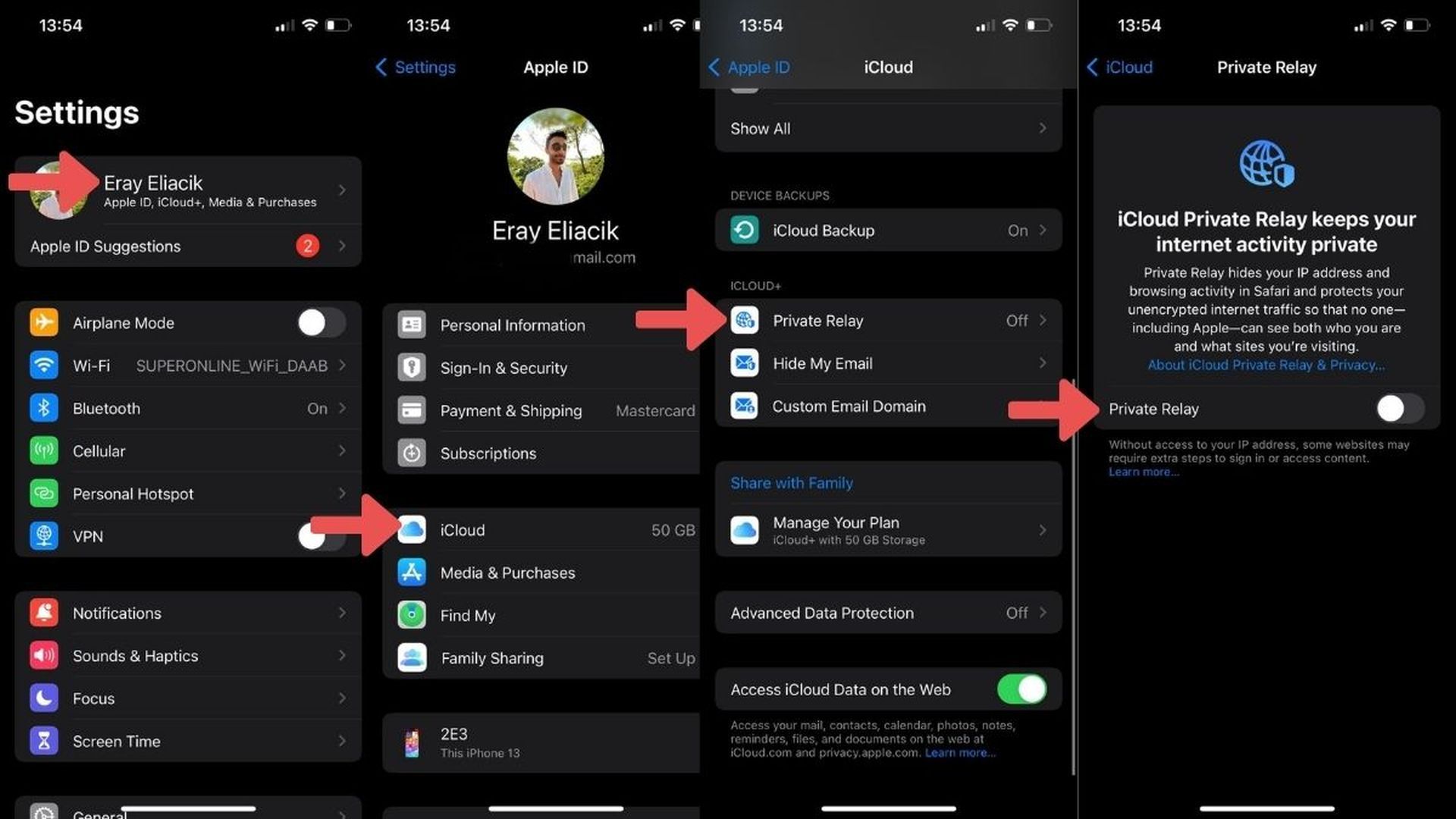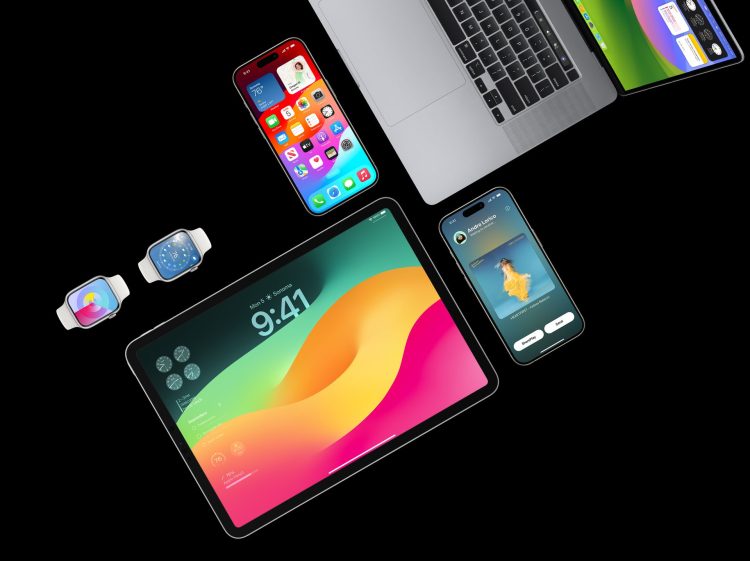iPhone Private Relay will be an Apple-announced service for online privacy. It’s part of Apple’s iCloud+ subscription and aims to keep your web browsing activities private. Let’s take a closer look at iPhone Private Relay and see how it works.
The new feature is essentially a privacy tool for Safari users. When you browse the web, your internet traffic often leaves a trail of digital breadcrumbs. These breadcrumbs, like your IP address and DNS records, can be collected by your internet provider and the websites you visit. But iPhone Private Transfer bypasses these snoops.
How iPhone Private Relay keeps you undercover
iPhone Private Relay uses a clever two-step process to mask your online identity:
- The First Relay: When you type in a web address, iPhone Private Relay first encrypts your request. It then sends this encrypted package to a relay operated by Apple. At this point, Apple can see your IP address, but not the website you’re trying to reach.
- The Second Relay: Next, your request goes through a second relay run by a different company. This relay can see the website you want to visit, but not your real IP address. Instead, it assigns you a temporary IP address to use.

How to open iPhone Private Relay
Ready to open with iPhone Private Relay? Here’s your quick guide to getting started:
- First, make sure you have an iCloud+ subscription. It’s your pass to this privacy party.
- Open your iPhone
- Navigate to your device settings.
- Look for the iCloud settings.
- Find the Private Relay option and toggle it on.
- You can opt to “Maintain general location” or “Use broader location”.

By splitting the information between two separate relays, the new feature ensures that no single party has the full picture of your browsing activity. It’s like playing a game of digital hide-and-seek, where your true identity stays hidden.
To use the new function, you’ll need an iCloud+ subscription. Once you have that, you can turn on the feature in your device settings. It works on iPhones, iPads, and Macs running recent versions of their operating systems.
Remember, iPhone Private Relay only works when you’re using Safari. If you switch to a different browser, you’ll be back in the open waters of the internet without this extra layer of privacy protection.
While the new feature offers strong privacy safeguards, it’s not available everywhere. Some countries and regions don’t support this feature. Also, certain websites might need you to take extra steps to log in or access content when you’re using an iPhone Private Relay.
Why is the iPhone Private Relay unavailable
iPhone Private Relay isn’t available everywhere. This privacy feature might be off-limits due to various reasons. Some countries don’t allow it, putting up a virtual wall against this digital shield. Certain networks, like those in businesses or schools, need to see your real IP address. They may require traffic auditing or filtering capabilities that iPhone Private Relay blocks. Some services, such as parental controls or data-saving plans, also rely on viewing your browsing activity. In these cases, iPhone Private Relay might not work, leaving your digital footprints exposed.
If you’re in a place where iPhone Private Relay isn’t supported, the feature turns off automatically. It’s like a chameleon, adapting to its environment. Don’t worry – it’ll switch back on when you return to a supported area. The new feature keeps you in the loop, letting you know when it’s unavailable and when it’s active again. This automatic on-off dance ensures you’re always aware of your privacy status. Remember, when iPhone Private Relay is off, your internet provider and websites can see your browsing activity in Safari. It’s like stepping out of a private booth onto a busy street – suddenly, you’re visible to everyone.
Featured image credit: Apple





